After many reports and receiving instructions from the Politburo, the National Assembly and the Government, the Ministry of Construction is proposing that the Government report to the National Assembly to issue a resolution of the National Assembly to thoroughly resolve the shortcomings of BOT projects invested in and constructed before 2015.
11 "problematic" BOT projects
Currently, the country has 140 BOT projects, the Ministry of Construction manages 66 projects, and localities manage 74 projects. Of these, 11 projects are facing difficulties and need solutions, including 8 projects managed by the Ministry of Construction and 3 projects managed by localities.
Accordingly, the Ministry of Construction proposed to remove difficulties for 11 BOT projects divided into two groups.
Group 1, the Ministry of Construction proposed that the State support about 8,482 billion VND for four projects with declining revenue and no possibility of recovery.
These projects include: Ba Vi - Viet Tri bridge (support of about 598 billion VND, equivalent to 41% of total investment), Thai Ha bridge (support of about 1,024 billion VND, equivalent to about 60% of total investment), Deo Ca tunnel (additional support of about 2,280 billion VND, equivalent to 37% of total investment), Bac Giang - Lang Son expressway (support of about 4,600 billion VND, equivalent to about 38% of total investment).
Thus, of the four projects supported by the State, three projects have capital levels accounting for over 50% of the total investment. For the Thai Ha bridge project, the state capital support level is about 60% of the total investment.
The Ministry of Construction explained that the high level of support for the Thai Ha Bridge project is because this project is being implemented in Ly Nhan district (Ha Nam), an area with difficult socio-economic conditions. According to the Law on Public-Private Partnership, this project can receive such high support from the State. "Therefore, we propose that the above level of State support is appropriate..." - the representative of the Ministry of Construction explained.
Group 2, allocates about 6,317 billion VND of state capital to pay and terminate contracts ahead of schedule for 7 projects including: Thanh Hoa City bypass (about 882 billion VND), construction of new Binh Loi bridge (about 571 billion VND), renovation of National Highway 91 (about 1,278 billion VND), construction of Thai Nguyen - Cho Moi road (about 2,631 billion VND), Ho Chi Minh road through Dak Lak province (379 billion VND), construction of An Hai bridge (about 33 billion VND), upgrading road 39B section of Thanh Ne town (about 543 billion VND).
"The above State support amount does not include the owner's equity profit in the proposed payment value. The State only supports and pays a portion of the loan interest for the project investment loan (if any)" - said the Ministry of Construction.
With the above amount, the Ministry of Construction proposed to allocate about 14,223 billion VND from the source of increased revenue and savings from the central budget in 2024 to remove obstacles for 9/11 projects. Phu Yen and Thai Binh provinces are responsible for arranging about 576 billion VND from the local budget to remove obstacles for the two projects for which the locality is the competent authority.
Why does the State have to support BOT projects in the wrong location?
A representative of the Ministry of Construction said that the 11 BOT projects above must have support from the State because of difficulties arising from factors such as the State changing fee policies, not establishing toll stations to recover capital, etc.
For example, in terms of policy, the State allows enterprises to invest in the project to upgrade National Highway 91B and set up two toll stations (T1 and T2) on the route to recover capital. However, due to the open toll collection (going on the project means losing money), many people using a short section still have to pay the toll, and due to protests, the investor had to stop collecting tolls at one station. Because the toll collection is not allowed according to the State's commitment, the enterprise's cumulative revenue to date has only reached 35%.
In addition, Can Tho is currently investing in two parallel routes to the National Highway 91B upgrade project, expected to be put into operation in 2025. This causes the project to continue to have traffic flow, leading to a breakdown in the financial plan.
Regarding toll stations, the Ministry of Construction admitted that there were some stations that "built roads in one place but collected tolls in another", typically Bim Son station and Bac Thang Long - Noi Bai station. However, the ministry affirmed that this was permitted by the competent authority and did not violate the regulations at that time.
"For example, the Deo Ca tunnel construction project (Hai Van tunnel expansion project), in the context of difficult state capital sources, instead of supporting with state capital, the Prime Minister allowed toll collection on the La Son - Tuy Loan route..." - Ministry of Construction if cited.
Also according to the Ministry of Construction, the accumulated revenue of 52 toll-collecting projects shows that by the end of 2024, four projects will have higher revenue than the contract, 28 projects will reach 70-100%, 14 projects will reach 40-70%, two projects will reach 30-40% and four projects will reach below 30%.
The main reasons for the decline in revenue of the projects are that service fees have not been increased according to the schedule signed in the contract, economic growth has changed compared to forecasts, and investment in cross-roads and parallel roads has given people more choices.
With the above difficulties, the Ministry of Construction coordinated with investors to implement solutions according to the contract's provisions such as allowing an increase in service fees, coordinating with localities to implement traffic diversion to reduce vehicles avoiding stations, and extending toll collection time.
"However, after implementing the above solutions, some projects are still not feasible and need to use the State budget to resolve them," the Ministry of Construction further explained.
Dr. Nguyen Huu Duc, a traffic expert, said that when a BOT project fails, the solution is usually for the State, investors and banks to share the risk. However, the bank does not sign a contract with the State but stands behind the investor, so the State and the investor are left.
In order to thoroughly and fairly resolve the above projects, Mr. Duc agreed with the opinion that the State should support and buy back these projects, because if left for a long time, investors will increase their losses and the support money will increase accordingly.
"The State should not abandon these projects and cannot not buy them. The current problem is that the State must re-evaluate the amount of money closer to reality to pay investors..." - this expert said.
Sharing the same view, Associate Professor Dr. Tran Chung, Chairman of the Association of Road Traffic Construction Investors (VARSI), commented that the projects facing difficulties are due to objective and subjective factors of the State through changes in policies and planning after the BOT project has been implemented. Therefore, it is reasonable for the State to allocate capital to support and buy back the project.
Why report to the National Assembly?
The Ministry of Construction said the Law on Public-Private Partnership allows the Government to allocate budget capital to buy back BOT projects and terminate contracts ahead of schedule.
However, with four projects proposing State support due to revenue decline to continue contract implementation, the current law only stipulates support during the construction phase, not State support when the project is put into operation, so there is no legal basis for implementation.
Therefore, the Ministry of Construction proposed that the Government report to the National Assembly to issue a resolution. The deadline for submitting it to the National Assembly for comments and approval is the upcoming session in May.
(According to PLO)
Source: https://baoyenbai.com.vn/12/348124/De-xuat-Quoc-hoi-cho-phep-bo-tri-gan-14800-ti-dong-mua-va-ho-tro-11-du-an-BOT.aspx

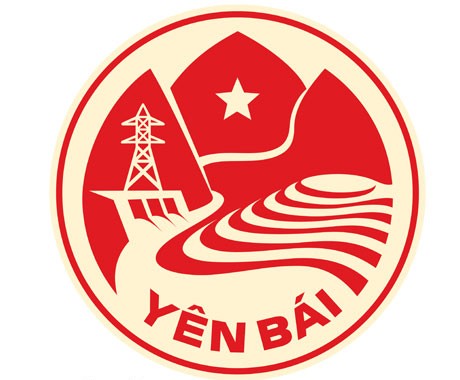

![[Photo] Ho Chi Minh City speeds up sidewalk repair work before April 30 holiday](https://vstatic.vietnam.vn/vietnam/resource/IMAGE/2025/4/3/17f78833a36f4ba5a9bae215703da710)
![[Photo] Prime Minister Pham Minh Chinh chairs the first meeting of the Steering Committee on Regional and International Financial Centers](https://vstatic.vietnam.vn/vietnam/resource/IMAGE/2025/4/3/47dc687989d4479d95a1dce4466edd32)
![[Photo] Prime Minister Pham Minh Chinh chairs meeting after US announces reciprocal tariffs](https://vstatic.vietnam.vn/vietnam/resource/IMAGE/2025/4/3/ee90a2786c0a45d7868de039cef4a712)
![[Photo] A brief moment of rest for the rescue force of the Vietnam People's Army](https://vstatic.vietnam.vn/vietnam/resource/IMAGE/2025/4/3/a2c91fa05dc04293a4b64cfd27ed4dbe)
![[Photo] General Secretary To Lam receives Japanese Ambassador to Vietnam Ito Naoki](https://vstatic.vietnam.vn/vietnam/resource/IMAGE/2025/4/3/3a5d233bc09d4928ac9bfed97674be98)
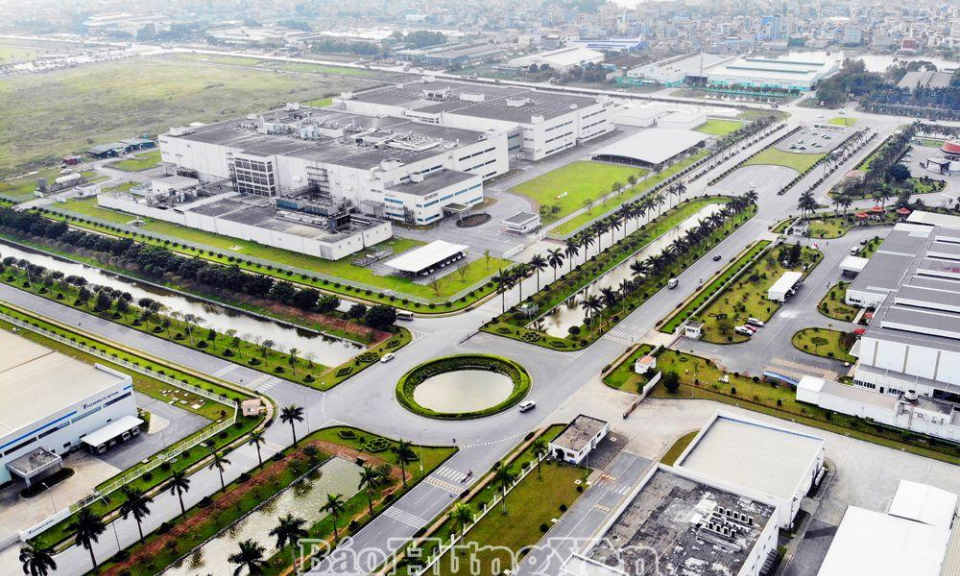

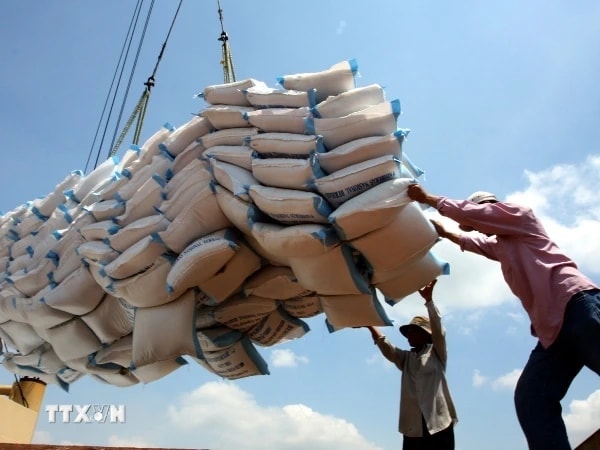
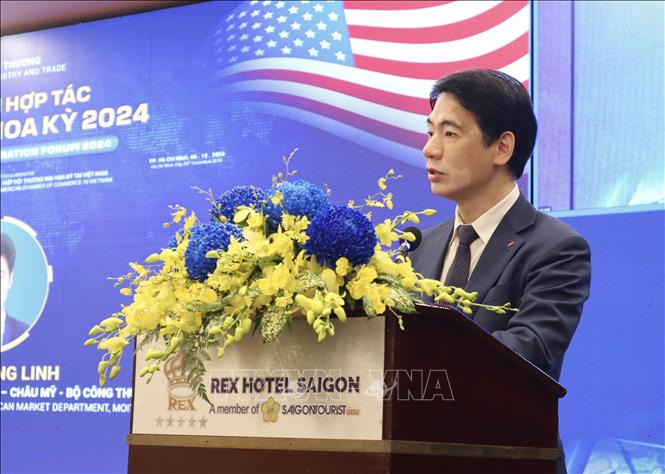
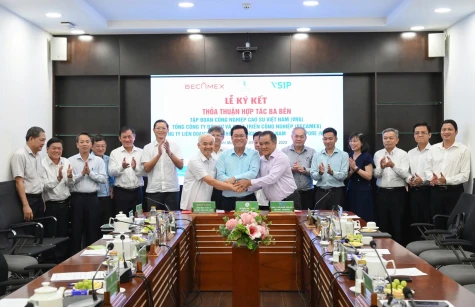
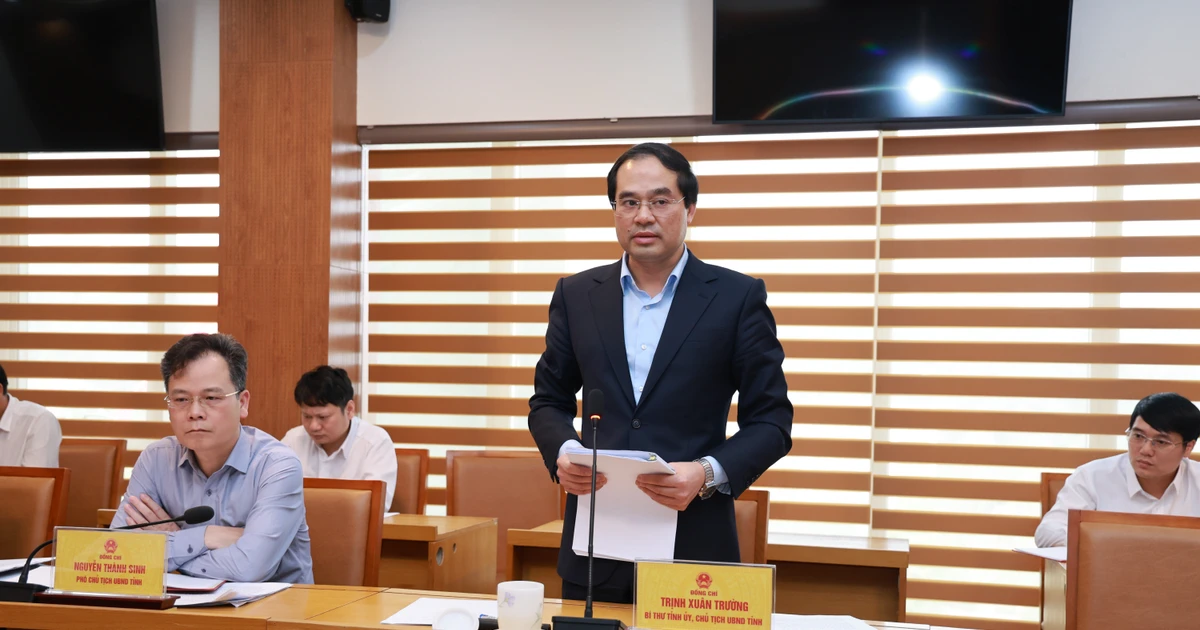




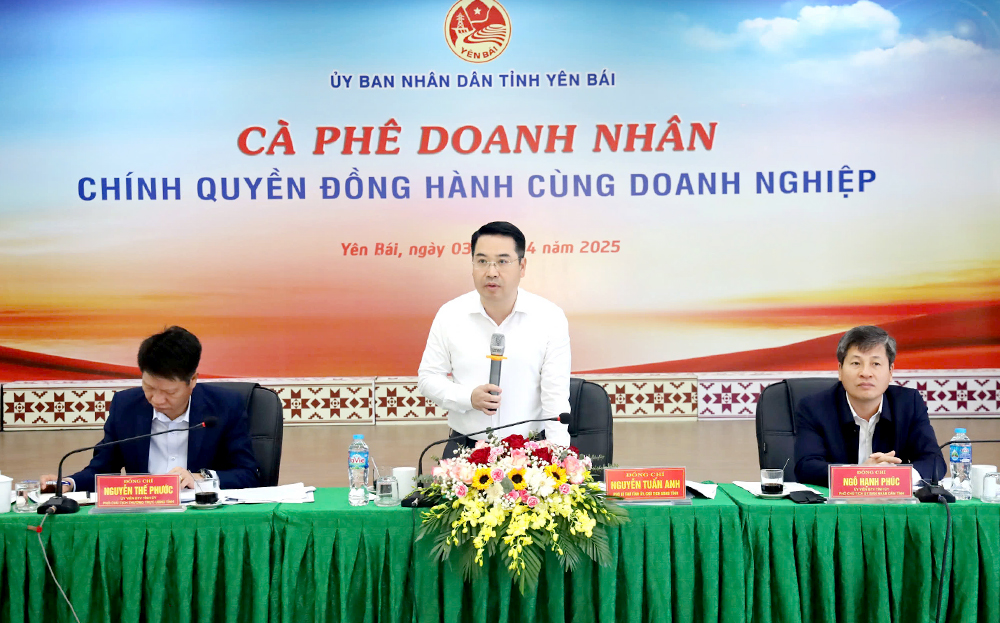



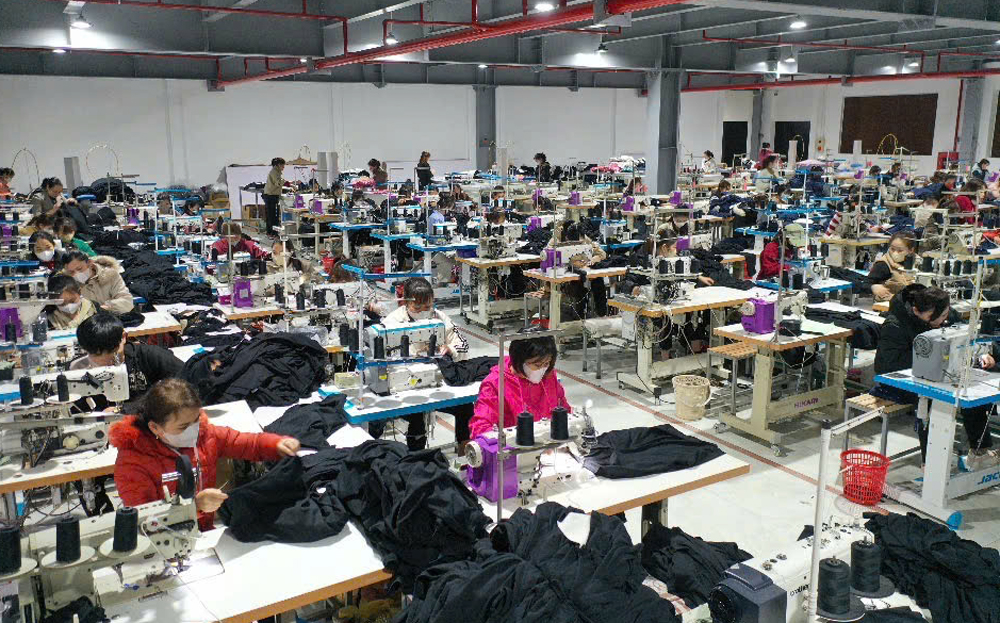
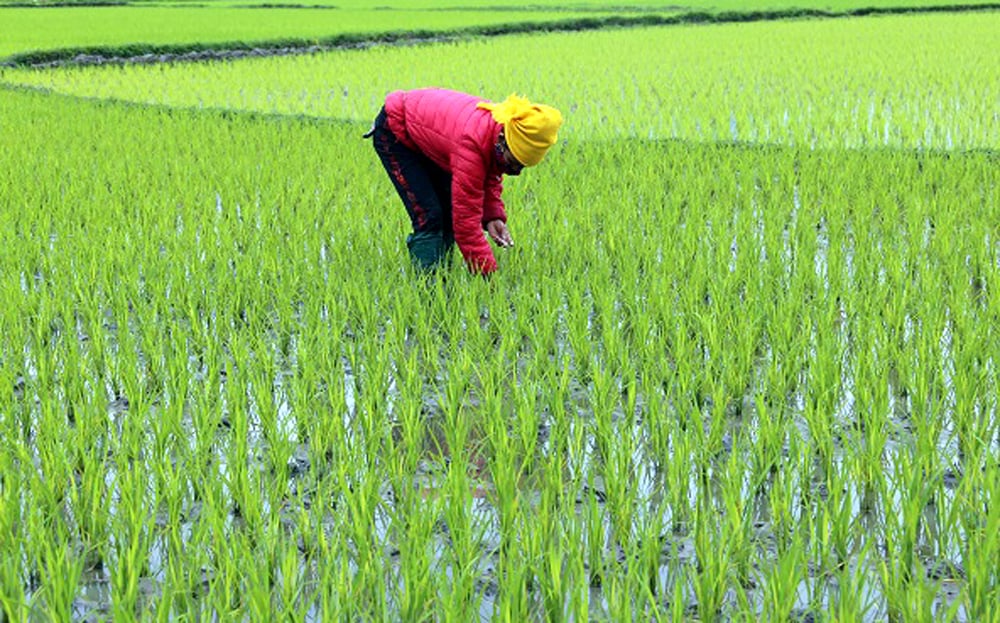









































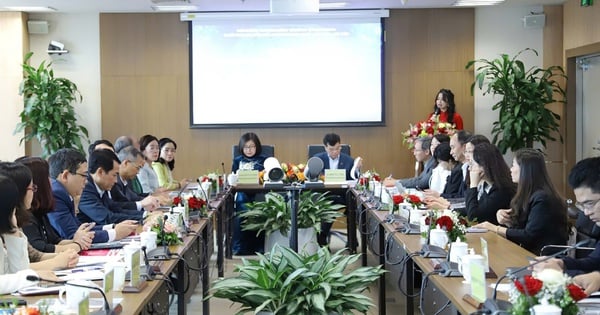




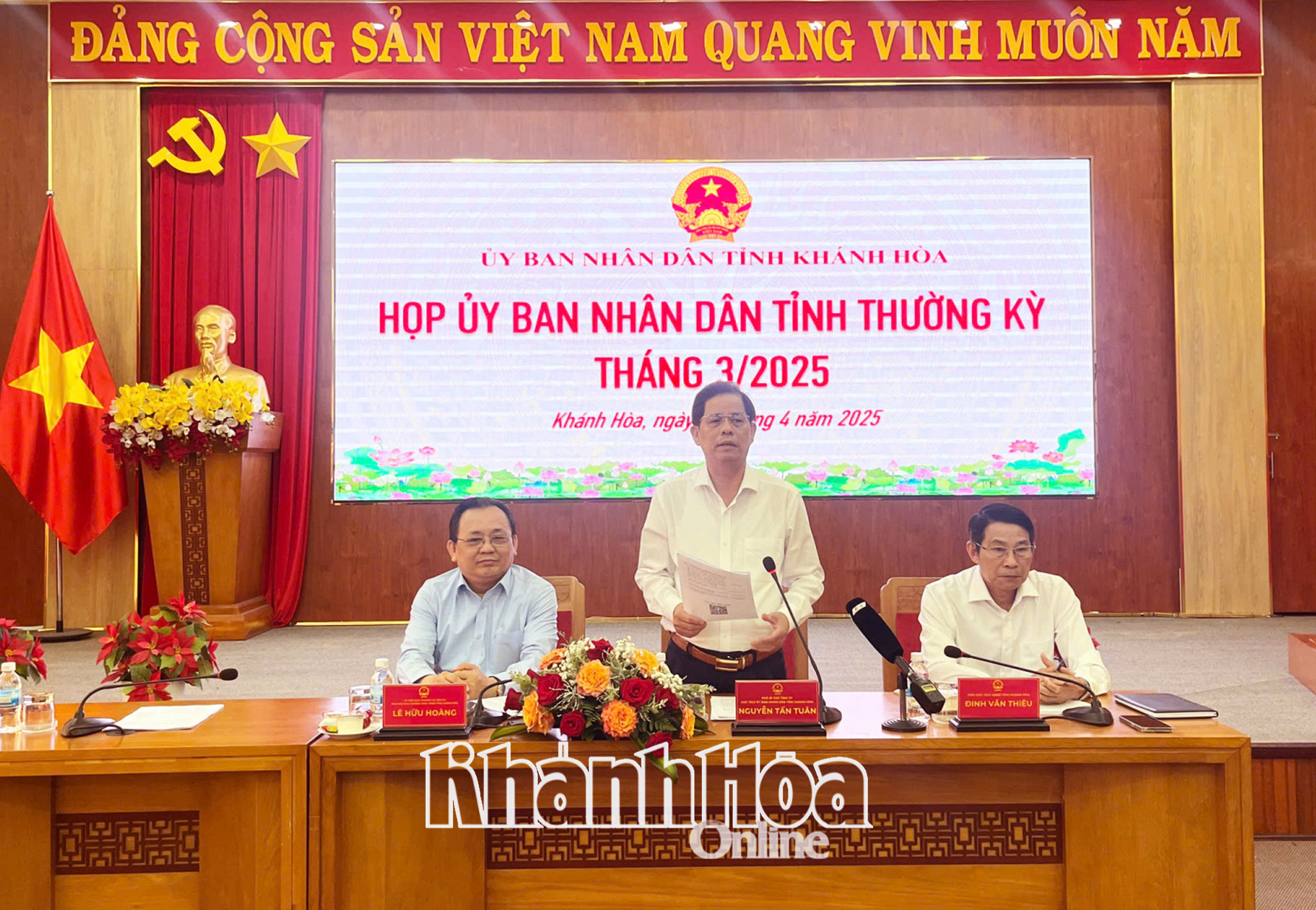
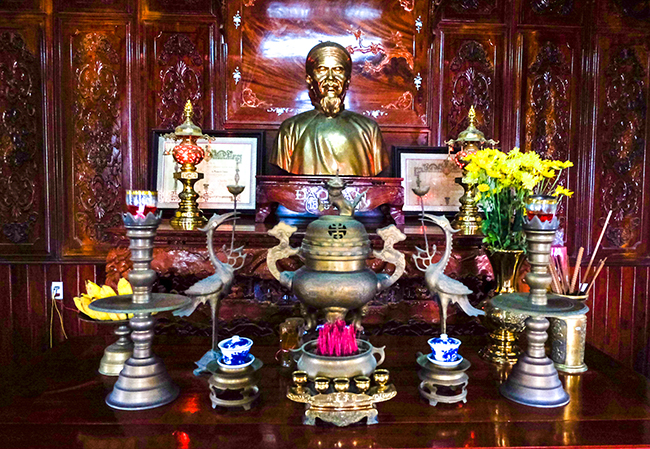
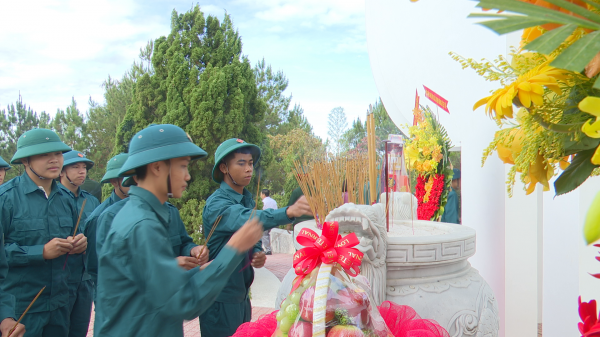












Comment (0)